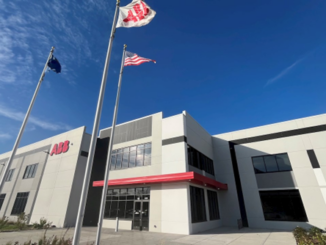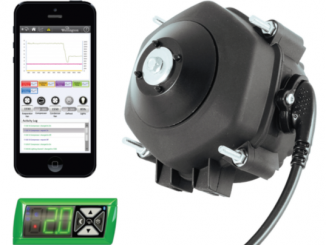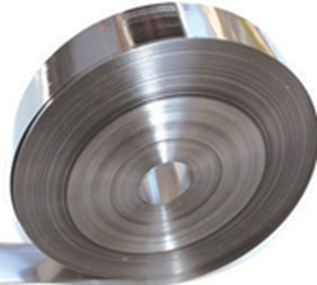
MH&W International, a master distributor of magnetic and thermal materials in North America, has added to its portfolio an extensive line of amorphous cores, custom nanocrystalline cores, and 80% nickel iron alloy cores as the result of a new supplier partnership.
The core configurations include toroids, gapped toroids, cut cores, and specialty stampings. With the addition of these products, MH&W can now offer competitive prices on low frequency magnetics designs in addition to the high frequency magnetics designs it already supported, the company said.
Amorphous ribbon, shown above, offers the advantage that amorphous metals do not have crystalline structures like other magnetic materials. All the atoms in an amorphous metal are randomly arranged, thus giving it a higher resistivity value about three times that for crystalline counterparts. Amorphous alloys are prepared by cooling the melt at about 1 million degrees per second.
This fast cooling does not give the atoms enough time to rearrange into stable crystalline form, resulting in a metastable amorphous structure. Because of the absence of crystalline structures, amorphous alloys are magnetically soft providing lower coercivity, lower core loss and higher permeability, with high resistivity giving lower losses at higher frequencies. The losses are among the lowest of any known magnetic materials.
Typical applications include medium-frequency transformer cores in heating equipment, various toroidal cores, high-frequency rectangular cut cores as output inductors and transformers, and stators and rotors in high power density electric motors and generators.
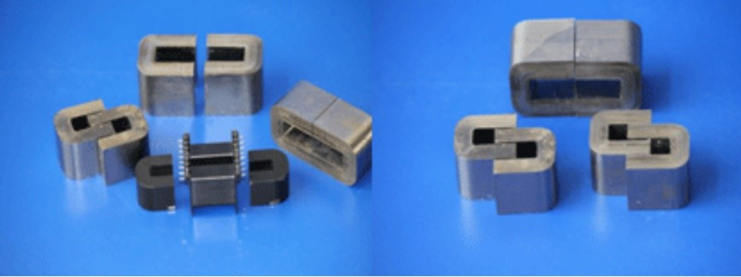
MH&W amorphous cut cores
Available configurations and applications served include include amorphous choke cores in standard and custom sizes with plastic cases, epoxy coating, or varnish impregnated. The amorphous cut cores are available in standard ACC sizes along with custom configurations. Typical applications are various choke coils. Amorphous choke cores with air gap are also available in standard and custom sizes with plastic cases, epoxy coating, or varnish impregnated.
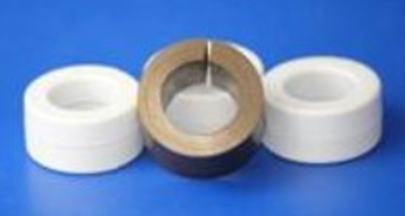
Amorphous cores with air gap
The nanocrystalline ribbon is based on Fe, Si, and B with additions of Nb and Cu. As with amorphous ribbon, it is produced by a rapid cooling process into a thin ribbon, initially in the amorphous state, and then crystallized in a subsequent heat treatment around 500–600 degrees Centigrade. This results in an extremely fine-grained microstructure with grain sizes of 10 nanometers, hence the name nanocrystalline.
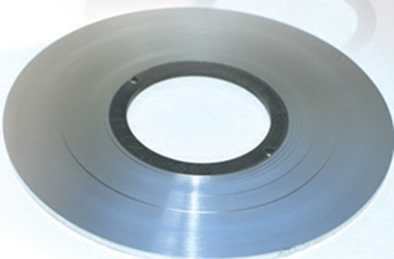
Nanocrystalline ribbon
The nanocrystalline alloys combine low magnetic anisotropy and low magnetostriction, both of which are prerequisites for high magnetic permeability with high magnetic flux density and good thermal stability. Nanocrystalline ribbon can replace silicon steel, permalloy, and ferrite, as various forms of high frequency cores used in switching power supplies, control transformers, reactors, magnetic amplifiers, EMC filers and differential mode inductors.
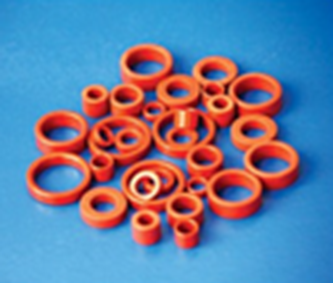
Custom nanocrystalline cores
Custom nanocrystalline cores are also available. Typically used for large toroidal power transformers, current transformers in power systems, current transformers, common mode chokes, and MAG-AMPS. These cores are available encased in a plastic core cup, epoxy coated, or varnish impregnated. As with the amorphous choke cores with air gap, the nanocrystalline cores can be configured with an air gap for Hall Effect devices and applications.
DC Immunity Composite Cores are made up of both nanocrystalline ribbon and amorphous ribbon material, allowing the core to operate effectively as a current transformer under DC current conditions. Typical applications include DC current immunity transformers in electronic energy meters and watt-hour meters as well as metering transformers in electronic power systems.
The Perm-alloy Ribbon is a highly magnetic nickel-molybdenum-iron alloy, with roughly 80% nickel, 15% iron, and 5% molybdenum content making it particularly useful as a magnetic core material in certain electrical and electronic equipment.
For more info, see www.mhw-intl.com.


